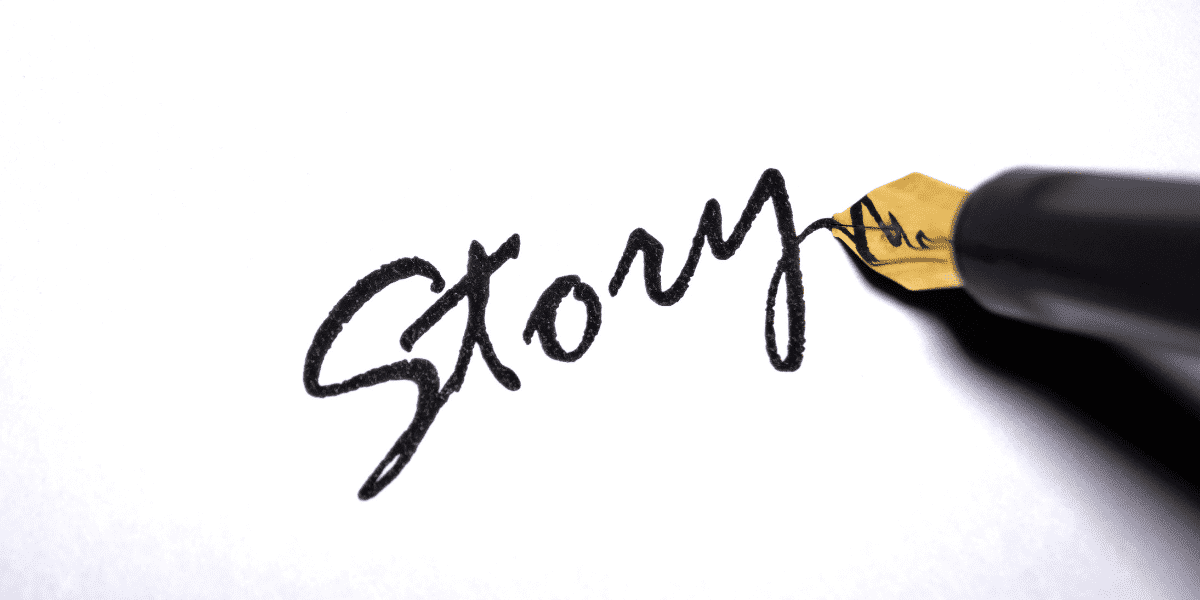When it comes to storytelling, the same tale can take on countless forms through various adaptations. From classic literature to modern blockbusters, stories have a remarkable ability to evolve across different mediums.
Whether you’re a literature enthusiast, a movie buff, or simply curious about the art of adaptation, this article will guide you through the exciting journey of comparing and contrasting different adaptations of the same story.
Get ready to dive into the world of storytelling versatility and discover how each adaptation brings its own flavor to the narrative table.
The Power of Adaptation
Adaptations of stories have been a cornerstone of human culture for centuries. From Shakespearean plays being turned into contemporary movies to fairy tales being retold in diverse settings, adaptation breathes new life into familiar tales. Each adaptation offers a unique perspective, allowing audiences to experience the story in ways they may have never imagined.
Understanding the Source Material
Before delving into the world of adaptations, it’s crucial to have a solid grasp of the source material. Whether it’s a classic novel or a historical event, understanding the original story’s themes, characters, and core message will provide a strong foundation for your comparisons.

Identifying Key Elements
When comparing adaptations, focus on key elements that define the story. Characters, setting, plot twists, and the central conflict are essential components to consider.
Take note of how each adaptation interprets and represents these elements. This will help you uncover the nuances that make each version stand out.
Analyzing Artistic Choices
Adaptations allow for creative freedom, and artists often make choices that influence the story’s direction. Dive into the artistic aspects such as cinematography, writing style, music, and visual effects. These choices can drastically alter the tone and emotional impact of the story, giving each adaptation its unique identity.
Cultural and Temporal Context
Time and culture play a significant role in shaping adaptations. A story set in the 19th century might carry different themes and values when adapted to a modern context.
Consider how societal norms, technology, and cultural shifts impact the story’s presentation and relevance.
Exploring Character Interpretations
Characters breathe life into stories, and their portrayal can differ greatly across adaptations. Analyze character motivations, personalities, and development.
Does an adaptation stay true to the source material, or does it take creative liberties? Understanding these choices adds depth to your comparison.
The Role of Audience
Adaptations are crafted for specific audiences. A children’s book might become an animated film, while a classic drama could be reimagined as a modern romantic comedy. Assess how adaptations cater to their target audiences and how this affects the story’s tone and execution.
Evaluating Critical and Audience Reception
Critics and viewers often have varying opinions about adaptations. Explore reviews and audience reactions to understand what resonates with different groups. This can shed light on the aspects that make each adaptation successful or controversial.
Impact on Pop Culture
Some adaptations become iconic, leaving an indelible mark on pop culture. Consider how certain adaptations have influenced fashion, language, and references. These adaptations become more than just retellings; they become cultural phenomena.
And check this too: How to Excavate a Book’s Historical Context for Deeper Grasp…
Conclusion
Comparing and contrasting different adaptations of the same story is a fascinating journey that reveals the rich tapestry of human creativity. Each adaptation weaves its own magic, inviting us to explore the story from new angles and perspectives.
Whether you’re captivated by the characters’ evolution, the reinterpretation of themes, or the visual spectacle, adaptations remind us that storytelling is a fluid art, capable of transcending time and captivating generations.
So, dive into the world of adaptations with an open mind and a keen eye, and uncover the endless possibilities that come to life when a timeless story meets the boundless imagination of creators.
